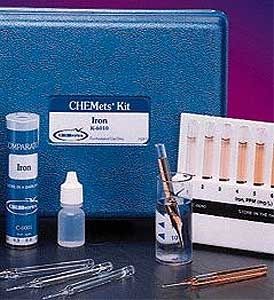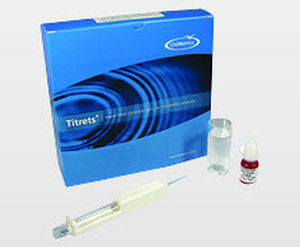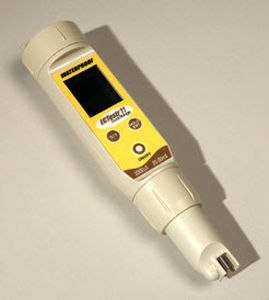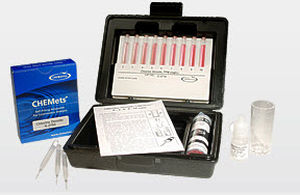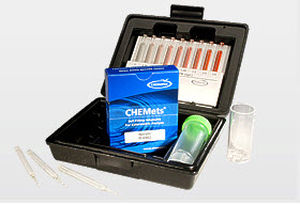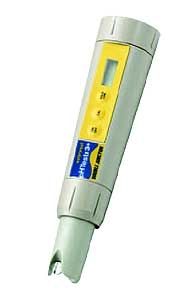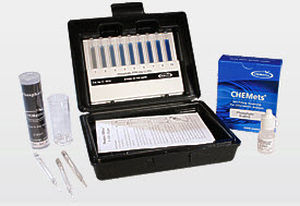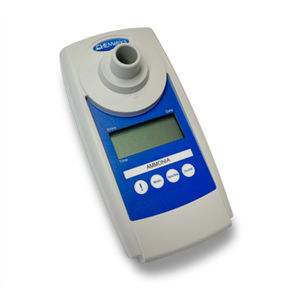

- Products
- Catalogs
- News & Trends
- Exhibitions
Dissolved oxygen measuring instrument portable
Add to favorites
Compare this product
Characteristics
- Applications
- dissolved oxygen
- Configuration
- portable
Description
Methods
The level of dissolved oxygen in natural waters is often a direct indication of quality, since aquatic plants produce oxygen, while microorganisms generally consume it as they feed on pollutants. At low temperatures the solubility of oxygen is increased; during summer, saturation levels can be as low as 4 ppm. Dissolved oxygen (D.O.) is essential for the support of fish and other aquatic life and aids in the natural decomposition of organic matter. Waste treatment plants that employ aerobic digestion must maintain a level of at least 2 ppm dissolved oxygen.
The Indigo Carmine Method
References: ASTM D 888-87, Colorimetric Indigo Carmine, Test Method A. Gilbert, T. W., Behymer, T. D., Castañeda, H. B., "Determination of Dissolved Oxygen in Natural and Wastewaters," American Laboratory, March 1982, pp. 119-134.
Test kits for environmental and drinking water applications (ppm range) employ the indigo carmine method. The reduced form of indigo carmine reacts with D.O. to form a blue product. The indigo carmine methodology is not subject to interferences from temperature, salinity, or dissolved gases such as sulfide, which plague users of D.O. meters. Results are expressed as ppm (mg/L) O2.
*Prices are pre-tax. They exclude delivery charges and customs duties and do not include additional charges for installation or activation options. Prices are indicative only and may vary by country, with changes to the cost of raw materials and exchange rates.


